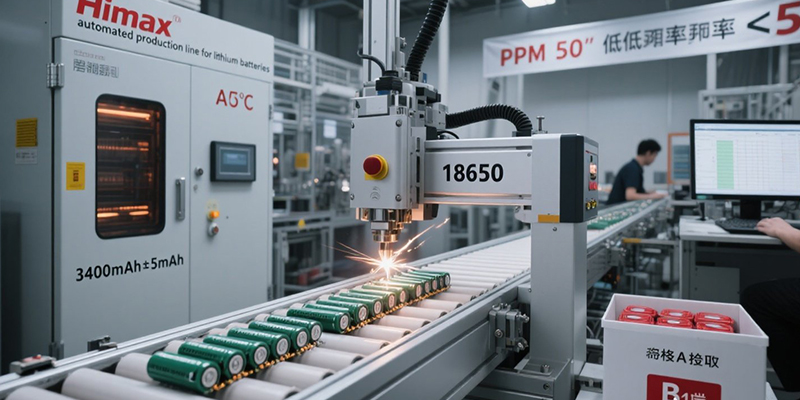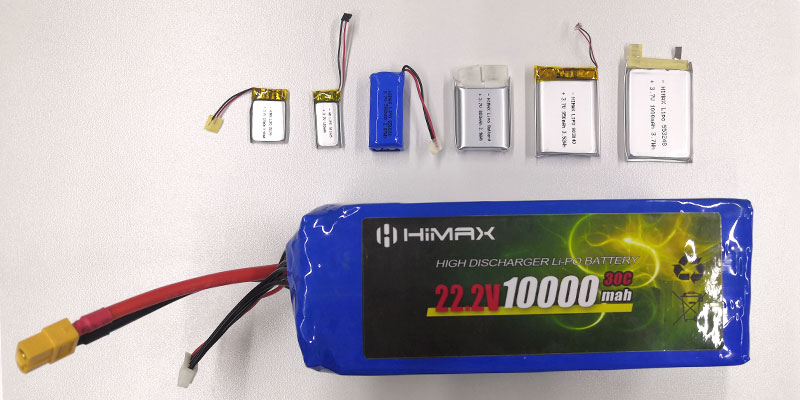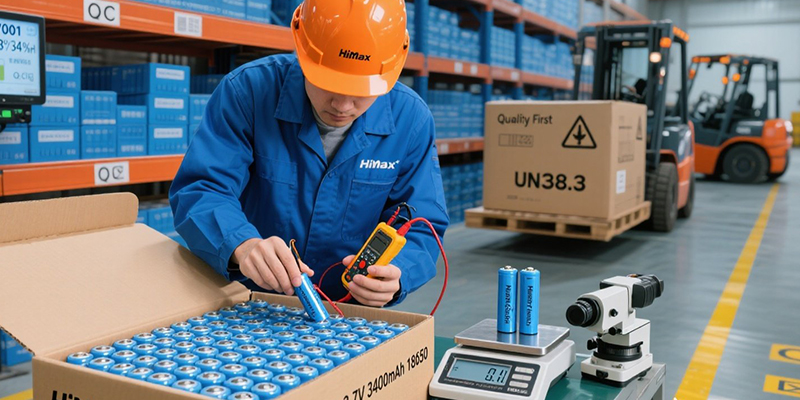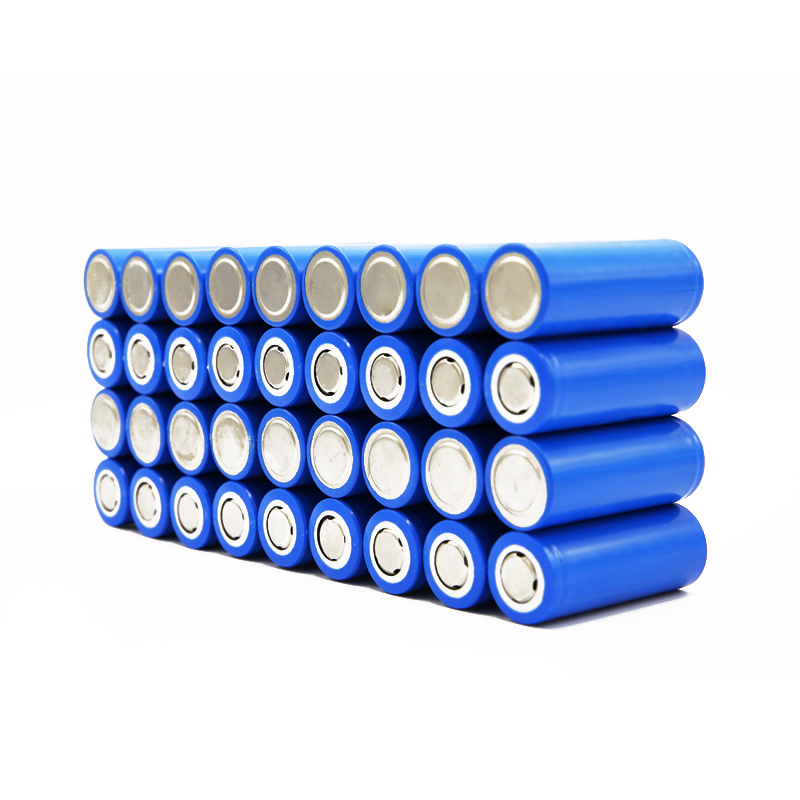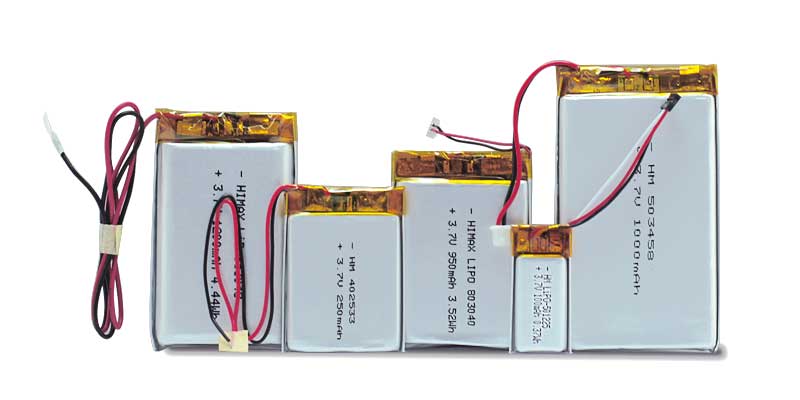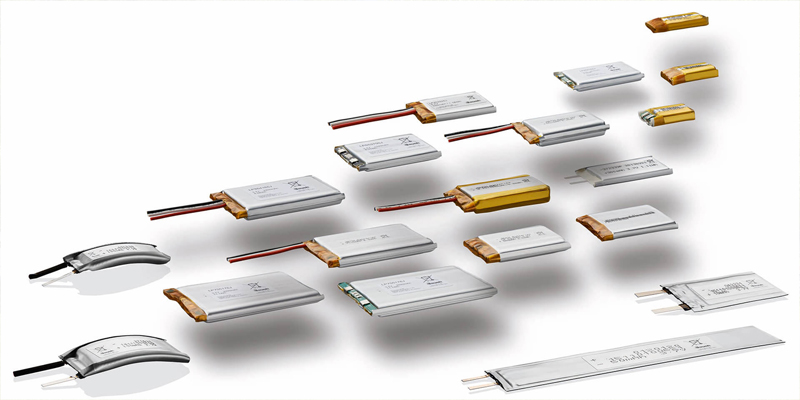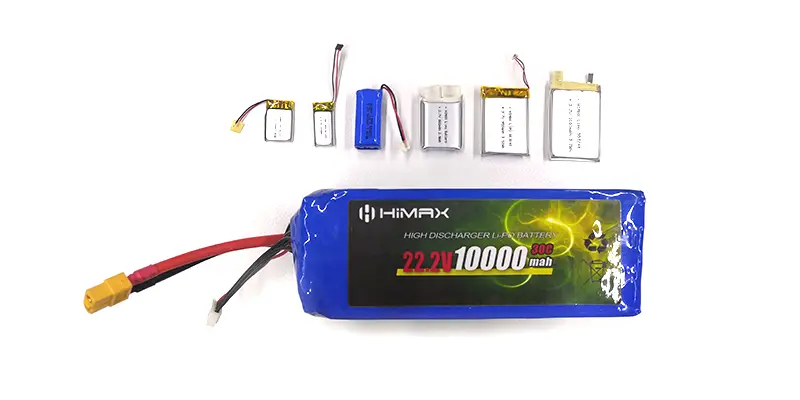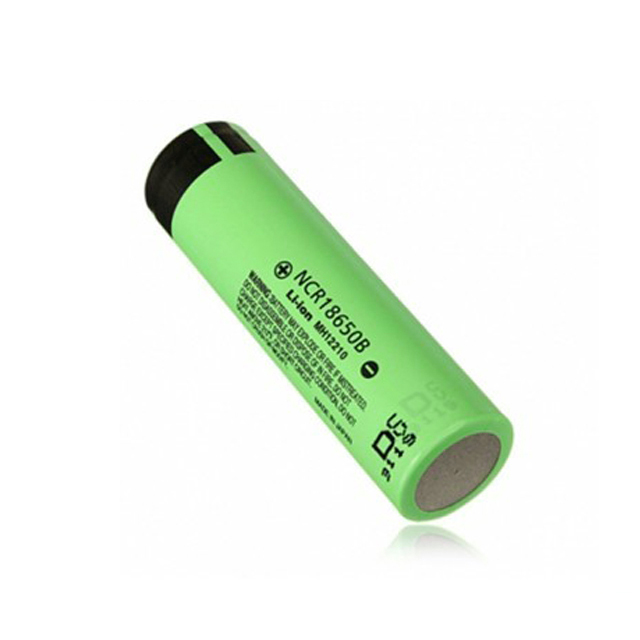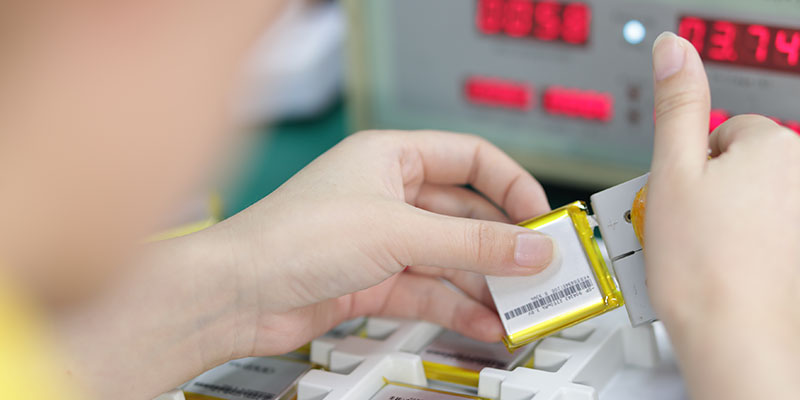3S Lithium Polymer Battery: The Powerhouse of Your Drone
What’s the Secret Behind 3S?
Ever wondered how drones soar freely through the sky? The answer lies in their tiny yet mighty “heart”—the lithium polymer battery! The “3S” in the name stands for the number of cells connected in series. Each lithium cell has a nominal voltage of 3.7V, reaching up to 4.2V when fully charged. A 3S battery, with three cells in series, delivers a nominal voltage of 11.1V (3 × 3.7V) and up to 12.6V (3 × 4.2V) when fully charged. This voltage range is like a custom-made power suit for mid-sized drones—strong enough for robust performance yet efficient. Whether you’re into aerial photography, racing, or inspections, a 3S battery lets your drone glide like a fish in water!
5000mAh: The Sweet Spot for Endurance and Weight
Capacity is the battery’s “energy tank,” measured in milliamp-hours (mAh). A 5000mAh battery can theoretically power a 5A draw for one hour. More capacity means longer flight times, but it also adds weight. At 5000mAh, you get a Goldilocks balance—not too heavy, not too light. It delivers 20-30 minutes of flight time without weighing your drone down. Imagine it: a compact battery striking the perfect balance between staying lightweight and lasting long!
Why Lithium Polymer Batteries Stand Out
Compared to old-school nickel-metal hydride batteries, lithium polymer batteries are like all-star athletes with unbeatable advantages:
-
High Energy Density: Like a miniature power plant, they pack more energy into less weight, making them ideal for lightweight drones.
-
High Discharge Rate: They can unleash a surge of current in an instant, meeting the high-power demands of drone motors—like a shot of adrenaline for your drone!
-
Flexible Design: Their slim, flat shape is practically tailor-made for drones, fitting snugly into various chassis designs.
-
Eco-Friendly and Safe: Compared to nickel-cadmium batteries, they’re greener and, when used correctly, safe and reliable, letting you fly with peace of mind!
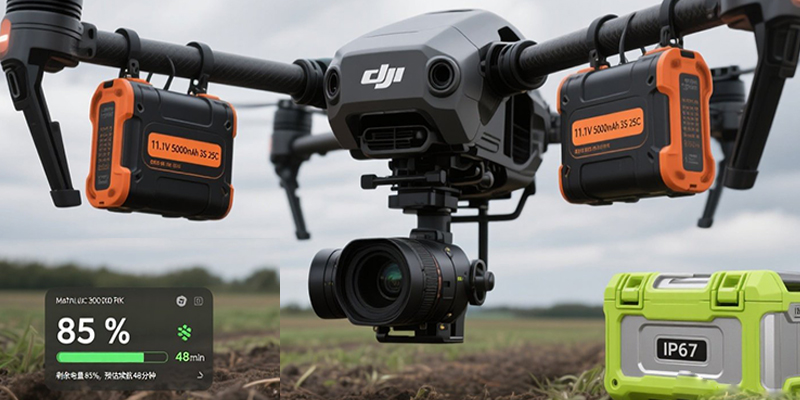
Key Specs of a 3S 11.1V 5000mAh Battery: Your Buying Compass
Picking the right battery is like navigating with a map—key specs guide you to the perfect choice. Here’s how to cut through the confusion!
Discharge Rate (C Rating): The Power Punch
The discharge rate, or C rating, determines a battery’s “burst power.” Max discharge current = capacity × C rating. For example, a 5000mAh battery with a 25C rating can deliver up to 125A (5000mAh × 25). This kind of juice powers high-speed motors for FPV racing or aerial photography drones. Ratings like 15C, 20C, 25C, or 30C mean stronger power but higher cost. Want your drone to zoom like an arrow? Picking the right C rating is the key!
Battery Connector: The Lifeline
The connector is your drone’s “lifeline,” linking the battery to the speed controller and motor. Common types include T-plugs, XT60, and XT90. The XT60, with its ability to handle 50A-120A and rock-solid reliability, is a favorite for mid-sized drones. Double-check that your connector matches your drone’s setup! A mismatched connector could leave your drone grounded, short-circuiting your plans.
Weight and Size: The Art of Balance
A 5000mAh 3S battery typically weighs 300-400 grams, with size varying based on cell quality and discharge rate. Too heavy, and it drags down flight efficiency; too small, and it skimps on endurance. Choosing a battery is like being a sculptor, balancing weight, size, and drone performance. Does your drone have enough space? Can it handle the load? These are the questions to weigh carefully!
Battery Management System (BMS): The Safety Guardian
A quality 3S battery comes with a BMS, like a smart butler for your battery. It monitors each cell’s voltage, preventing overcharging, over-discharging, or short-circuiting, and supports balanced charging to extend battery life. Without a BMS, voltage imbalances could send your battery to an early grave! Opting for a battery with a high-quality BMS is a commitment to flight safety.
Use Cases for 3S 5000mAh Batteries: The Sky’s All-Rounder
The 3S 11.1V 5000mAh battery is like a versatile MVP, shining in various drone scenarios:
-
Mid-Sized Multirotor Drones: For aerial photography or inspections, it offers 20-30 minutes of flight time, like a marathon runner with steady stamina.
-
FPV Racing Drones: High discharge rates make it a beast, powering high-speed flights and quick accelerations to help you dominate the racecourse!
-
Fixed-Wing Models: For long-distance gliding or cruising, it’s a reliable partner with enduring power and stable output.
-
DIY Drones: Paired with 2212 or 3508 motors, it’s the steady “heart” that brings your custom creation to life!
Five Must-Know Tips for Buying and Using 3S Lithium Polymer Batteries
Avoid the Overcharge/Over-Discharge Trap
Lithium polymer batteries are voltage-sensitive, with each cell ideally staying between 3.7V and 4.2V. Drop below 3.7V, and the cell could be damaged; go above 4.2V, and you risk swelling or even fire! Are you willing to let a moment’s oversight put your battery in jeopardy? Use a charger with balance charging, and check voltage after flights to keep your battery healthy.
Pick the Right Discharge Rate
Photography drones need steady 15C-20C batteries, while FPV racers demand 25C or higher for explosive power. Too low a C rating, and your battery might overheat or underperform; too high, and you’re adding cost and weight. How will you choose? Match the battery to your drone’s needs for maximum range and speed!
Brand and Quality: The Foundation of Trust
The market is flooded with battery brands, and quality varies widely. Cheap batteries might exaggerate capacity, have unbalanced cells, or pose safety risks. Reputable brands are like battle-tested swords—reliable and safe. Investing in a quality brand is an investment in flight safety!
Storage and Maintenance: Extend Your Battery’s Life
For long-term storage, keep batteries at 3.8V-3.9V per cell, in temperatures between -20°C and 35°C, and humidity of 45%-85%. Regular charge-discharge cycles are like a checkup, keeping cells active. Want your battery to stay youthful? Proper storage and maintenance are key!
Environmental Adaptability: Tackle Extreme Conditions
Cold temps sap battery efficiency, and high heat can trigger thermal runaway. Below 0°C or above 40°C, your battery’s performance is like a horse stuck in mud. Use and store batteries in the right temperature range to keep them at their best!
HIMAX 3S 11.1V 5000mAh Battery: The Gold Standard for Quality and Performance
HIMAXbatteries are like the star players in the drone world. Built with premium cells and an advanced BMS, they ensure balanced voltage and worry-free safety. Supporting 25C-30C discharge rates and compatible with XT60 and T-plugs, they’re a perfect fit for various mid-sized drones. Lightweight, with true-to-spec capacity and long cycle life, HIMAX batteries are built to last and perform!

